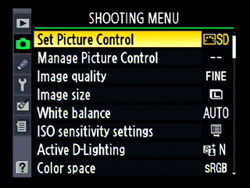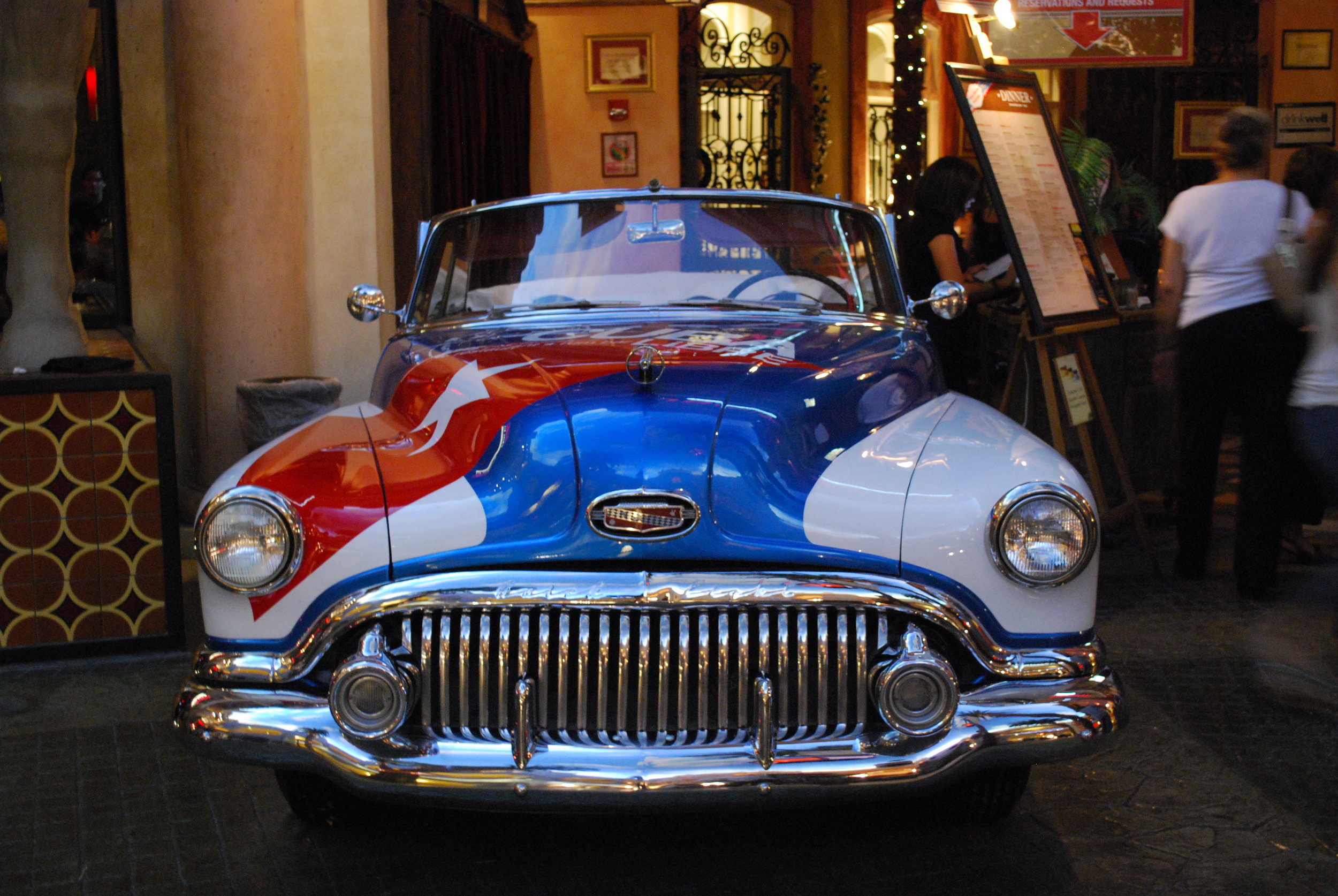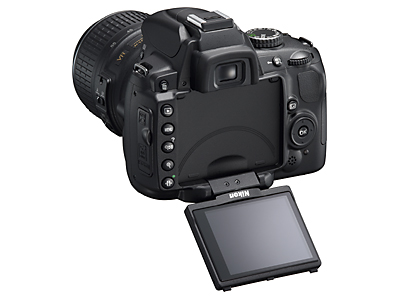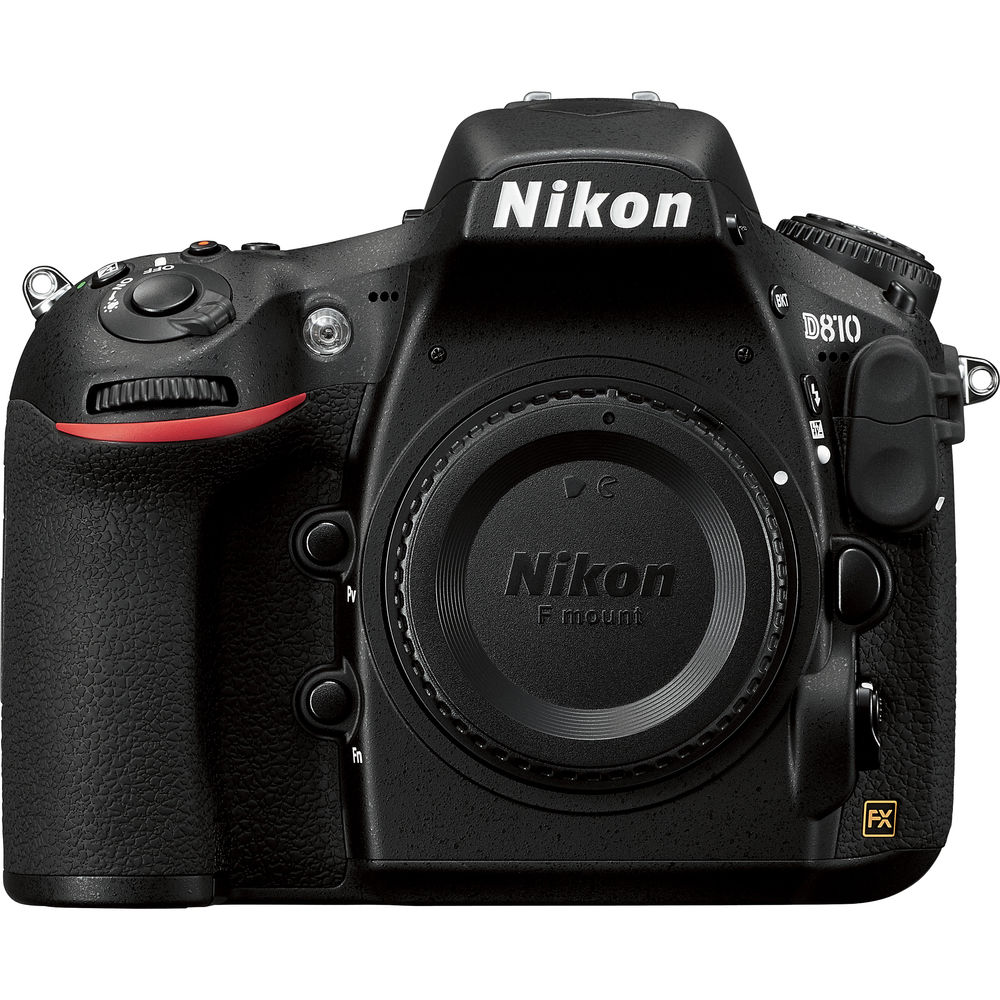My first DSLR camera was Nikon D60 which I loved so much but one thing I missed in my D60 was video recording. I wished Nikon could have included video recording feature in D60. But better late than never, Nikon came with another powerful camera, Nikon D90, with the video recording feature in it. Nikon D90 is considered as the first DSLR camera to record high quality video with the sound. I am glad that Nikon brought this feature with D90 for which I waited for a year or more. I finally got my hands on D90 this march and can’t wait to do some experiments with it even though I am more interested in taking still pictures. Obviously D90 shoots amazing sharp pictures with rich color and the greater details of the subject. Nikon D90 has a CMOS sensor built into it and is able to capture 12.3 Mega Pixel photo which is enough to print large size pictures for family gathering, wedding pictures and other daily events. There is no doubt that Nikon D90 is an excellent DSLR to capture your moment of life with amazing quality photo but now D90 also comes with the additional feature of taking video which can add extra flavor to your photography life.
Despite of being excellent HQ quality movie camera, D90 has some downsides while recording the video. D90 lacks Autofocus feature while taking videos. That means you have to manually focus your subject with one hand using the focusing ring on the lens barrel and hold the camera with another hand. If you are not using tripod to capture a video, I guess it would be very hard to hold D90 along with the with the heavy lens like 18-200mm for a long time. I believe most of the people don't shoot video with D90 but rather carry a small camcorder to record the video. But we can't ignore the fact that D90 records HQ video and can use it whenever we need it in case of emergency.










